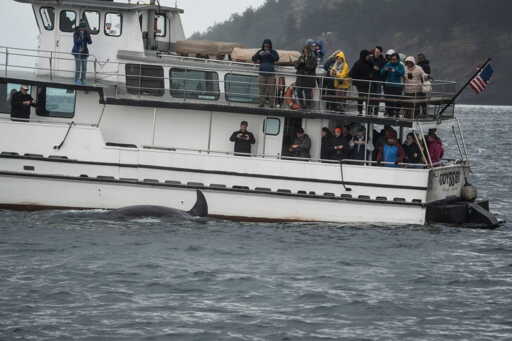SAN JUAN ISLAND, Wash. (AP) — Scientists from the University of Washington recently deployed a little over 1 mile of fiber-optic cable in the Salish Sea to test whether internet cables can monitor endangered orcas. The technology is called Distributed Acoustic Sensing. It transforms cables into continuous underwater microphones that can pinpoint whale locations and track their movements. If successful, the world’s 870,000 miles of existing undersea cables could become a vast ocean monitoring network. It could provide real-time data on how marine mammals respond to vessel noise, food scarcity and climate change. The breakthrough would be particularly valuable as new marine protected areas are established under the High Seas Treaty in January. By Annika Hammerschlag, Associated Press Banner image: An orca swims past a whale watching boat in the San Juan Islands, Wash., Saturday, Oct. 11, 2025. (AP Photo/Annika Hammerschlag) This article was originally published on Mongabay
From Conservation news via this RSS feed


